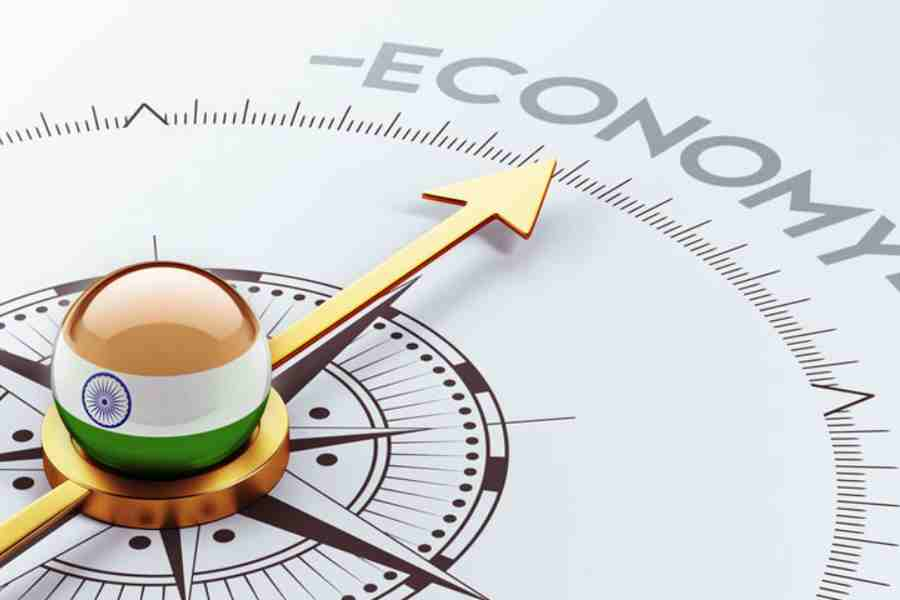Description

Copyright infringement not intended
Picture Courtesy: www.telegraphindia.com
Context: The RBI has revised the current fiscal year's growth forecast to 7%, citing recovery in domestic demand, global economic improvement, and vaccination progress. However, inflationary risks, driven by supply-side factors, pose a threat to the Goldilocks Effect, with the RBI warning that inflation may persist above its target range of 2-6%.
Details
- The Reserve Bank of India (RBI) has released its latest monetary policy report, which forecasts a robust economic recovery for the country in the current fiscal year. The central bank expects the gross domestic product (GDP) to grow by 7 per cent in 2021-22, up from the contraction of 7.3 per cent in the previous year.
- The RBI also warns of the risks posed by inflation, which has been persistently above the target range of 2-6 per cent for several months. The report cites supply-side disruptions, rising commodity prices, higher fuel taxes and demand pressures as the main factors behind the inflationary pressures. The RBI expects inflation to remain elevated in the near term, before moderating gradually towards the second half of the year.
- The RBI's outlook reflects the delicate balance between supporting growth and containing inflation, which is often referred to as the Goldilocks Effect. The Goldilocks Effect is a situation where the economy is neither too hot nor too cold, but just right for optimal growth and low inflation.
Goldilocks effect
- The Goldilocks effect refers to a situation in which a balance or middle ground is considered ideal or optimal.
- The Goldilocks effect is often used to describe situations where something is neither too much nor too little, but just right for a particular purpose or desired outcome. This concept is applied in various fields such as science, economics, technology, and environmental studies.
Examples of the Goldilocks effect in different contexts:
- Astronomy: In the search for habitable exoplanets, scientists look for planets located in the "habitable zone" around a star—neither too close nor too far. This zone allows for the right conditions to support liquid water, a key ingredient for life as we know it.
- Economics: In monetary policy, central banks often aim for an inflation rate that is neither too high nor too low. This moderate level of inflation is considered optimal for economic growth and stability.
- Technology: The Goldilocks principle is applied in designing user interfaces and experiences. For example, when adjusting the size of buttons or text, designers aim for a size that is not too big or too small but just right for ease of use.
- Biology: Enzymes and other biological processes often function optimally within a specific range of conditions, such as temperature and pH. Deviating too much from this optimal range can lead to reduced efficiency or complete dysfunction.
.jpg)
Conclusion
- The concept underscores the idea that there is often an ideal middle ground between extremes, and finding that balance can lead to optimal outcomes in various fields and disciplines. It highlights the importance of moderation and balance in achieving the best results in different situations.
|
PRACTICE QUESTION
Q. How does the Goldilocks effect relate to economics and monetary policy?
A) It describes the ideal inflation rate for economic stability
B) It signifies the preference for gold as a standard currency
C) The optimal interest rate to maintain economic growth without causing inflation or recession
D) The fluctuation of gold prices in the market
Answer: C
Explanation:
In economics, the Goldilocks effect can be applied to the optimal interest rate that fosters economic growth without leading to inflation or recession. It represents the balance or "just right" conditions for a stable economy.
|












